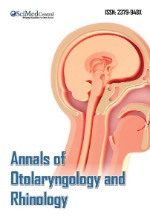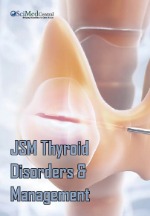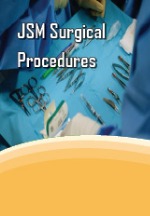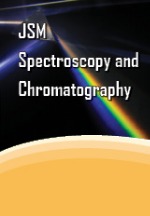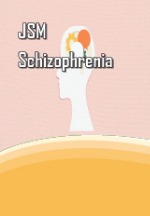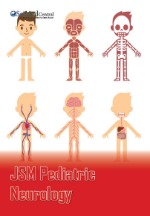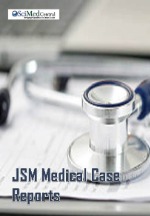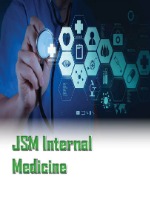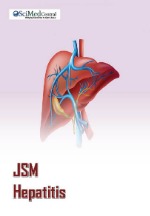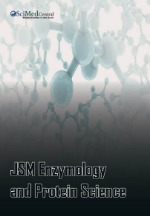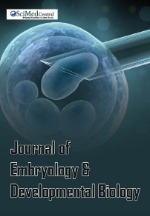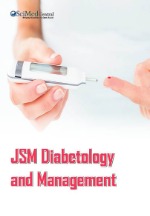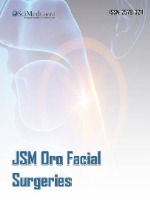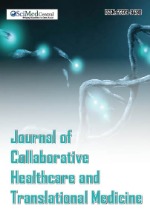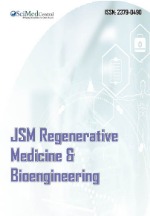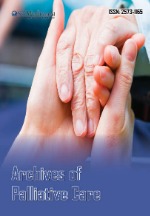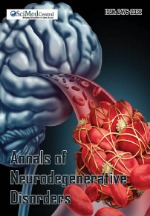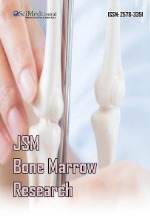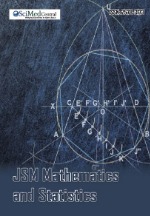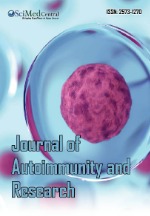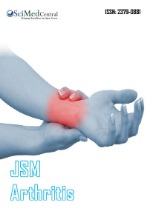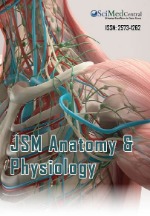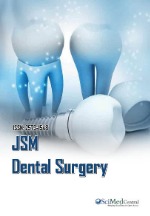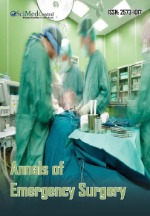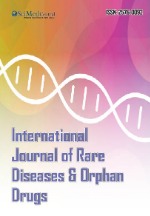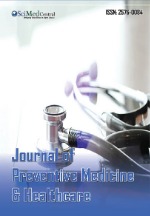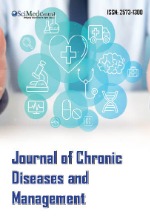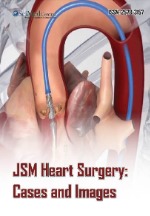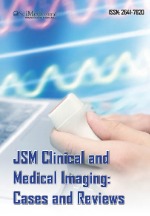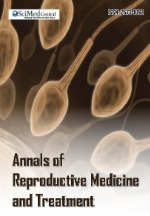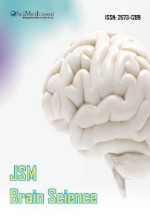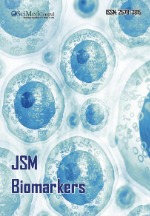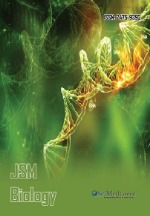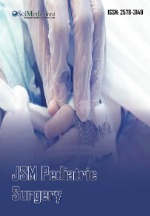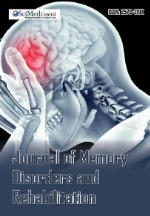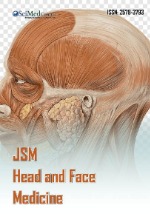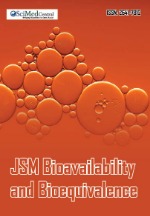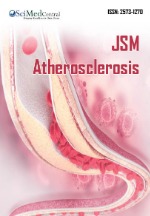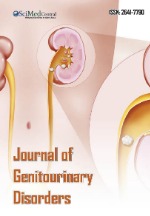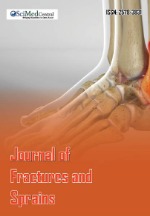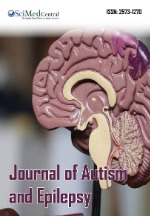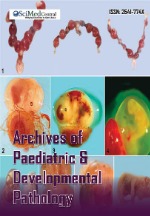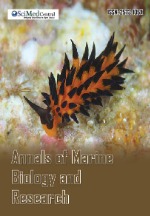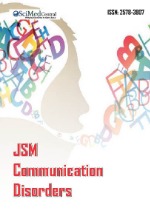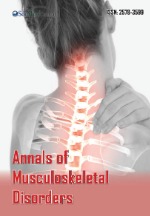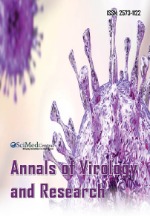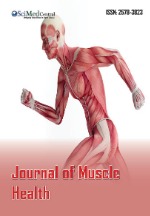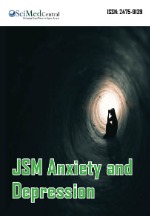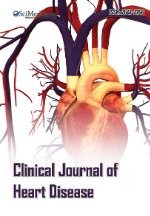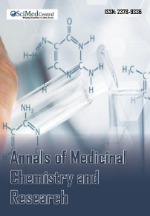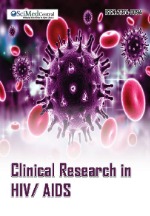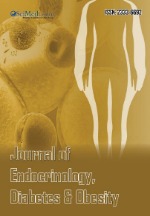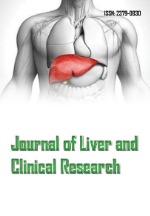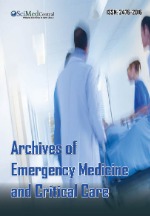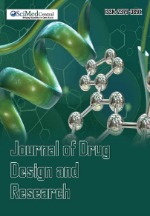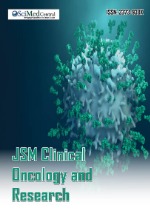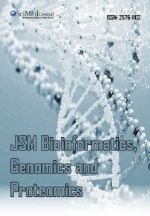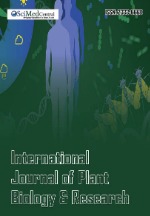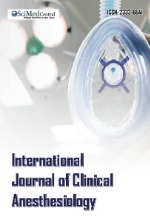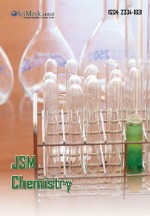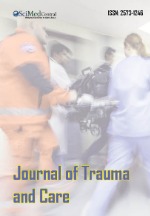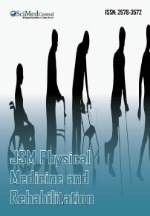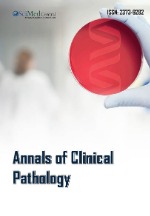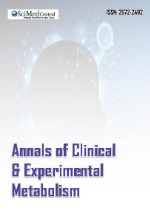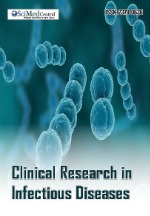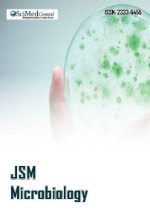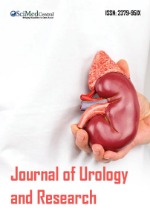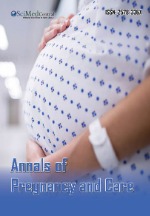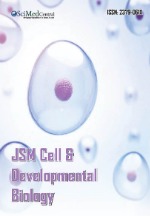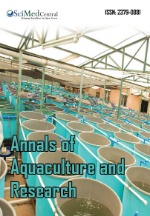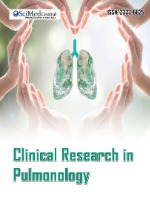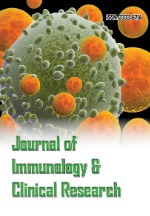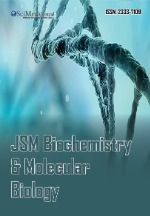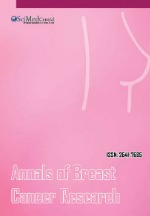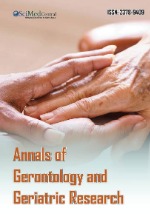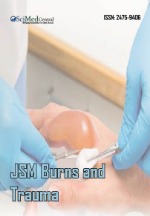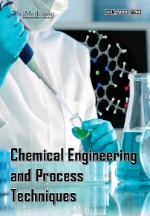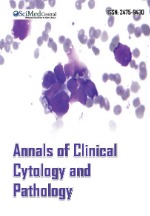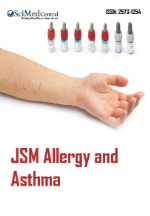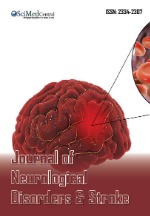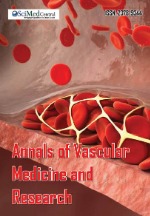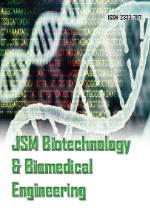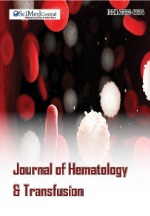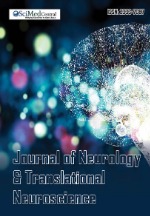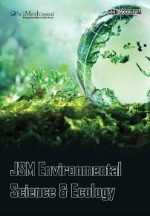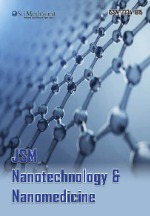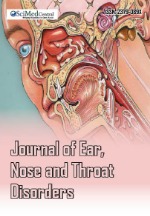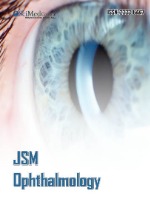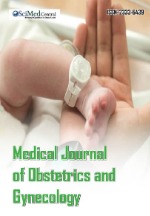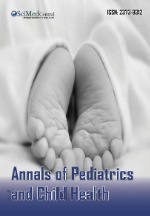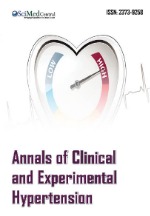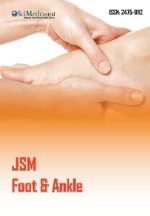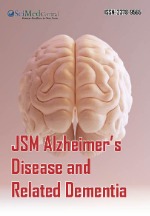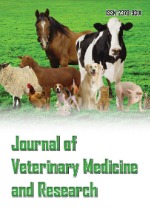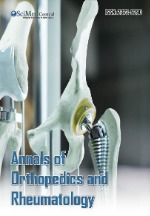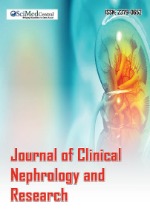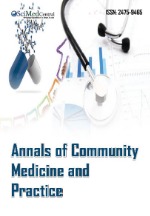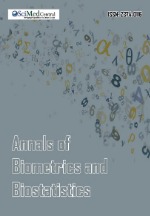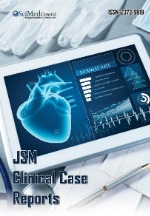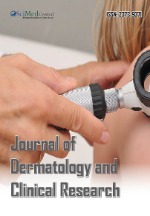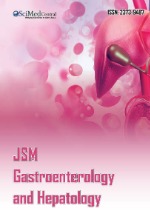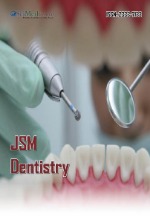Theophylline Toxicity
- 1. Department of Medicine, Emergency Medicine, Hatay Mustafa Kemal University, Turkey
CITATION
Karakus A (2024) Theophylline Toxicity. J Pharmacol Clin Toxicol 12(2):1186.
Keywords
Theophylline poisoning; Hypokalemia; Lactic acidosis; Hemodialysis.
DEAR EDITOR
Theophylline is a phosphodiesterase inhibitor used in the treatment of asthma, has a narrow therapeutic range and can cause cardiac, metabolic and neurological disorders at toxic doses. Clinical signs of poisoning are: nausea, vomiting, tachycardia, hypotension, impaired consciousness, convulsion, metabolic
*Corresponding author
Ali Karaku?, Department of Medicine and Emergency Medicine, Hatay Mustafa Kemal University, Hatay, Turkey, Tel: 905052540433
Submitted: 10 October 2024
Accepted: 20 November 2024
Published: 22 November 2024
ISSN: 2333-7079
Copyright
© 2024 Karakus A
|
OPEN ACCESS |
Keywords
- Theophylline poisoning; Hypokalemia; Lactic acidosis; Hemodialysis
acidosis and hypokalemia. Diagnosis is made according to the history and level of intake. If the blood level can be measured, acute ingestion of less than 40 micrograms/mL indicates mild, 40- 100 indicates moderate, and over 100 indicates severe poisoning. In addition to symptomatic treatment, multiple activated charcoal applications, hemodialysis, or hemoperfusion are recommended. Hemoperfusion should be performed if the blood theophylline level is over 90 at any time or if there is convulsion or hypotension or ventricular arrhythmia or unstoppable vomiting when it is over 40.
I emphasized the importance of the subject with two cases that were discharged with recovery and two that resulted in death.
Case 1: An 18-year-old female patient was brought in due to ingestion of 15 theophylline 200 mg (Teokap® SR 200). The patient’s general condition was moderate, she was conscious, and she was agitated. Her blood pressure was 80-50 mmHg, pulse: 180/min, and respiration: 20/min. In laboratory values, potassium was 2.5 and other values were normal. Sinus tachycardia was present in the ECG. The patient was given activated charcoal after gastric lavage. The patient, who was followed up in the intensive care unit, was administered a total of 6 doses of activated charcoal at 1 mg/kg every 2 hours. The patient’s pulse was 120/min due to tachycardia. Since the patient was given metaprolol and his pulse was 120/min. Since hemodiafiltration was not possible, hemodialysis was planned in addition to the symptomatic treatment for the patient who was started on potassium replacement. The patient, whose hypotension and vomiting continued, was hemodialyzed once. At the end of the 3-day follow-up, the patient, who had no problems, was discharged of her own accord [1,2].
Case 2: A 17-year-old female patient was brought to the emergency room due to widespread abdominal pain that started 2 hours ago. The patient’s anamnesis stated that she had asthma and was using salbutamol and a drug whose name she did not know. The patient’s general condition was moderate, she was conscious, and there was tenderness in the right upper quadrant on physical examination. When the biochemistry results were examined in order (first and 2nd values, respectively): glucose 267 mg/dL-689, creatinine 08-1.27 mg/dL, albumin 50-59, AST
39-508, ALT 11-420, potassium 4.68-hemolyzed, calcium 9.8- 13, amylase 66-112. In the abdominal ultrasonography, sludge was detected in the gallbladder and blood gases were as follows: pH: 7.30, glucose: 330 mg/dl, potassium 2.5 mmol/L, lactate:
9.2 mmol/lt, NaHCO3: 13.6, pCO2: 46 mmHg, PO2: 85 mmHg, sPO2: 95%. During the 12-hour follow-up, the patient developed resistant vomiting and altered consciousness. The patient, who had epileptic seizures, developed respiratory and cardiac arrest during follow-up. Theophylline was detected in the stomach and gallbladder during the patient’s autopsy.
Multiple activated charcoal applications as a result of theophylline poisoning provide beneficial results. If hemodiafiltration is not possible, hemodialysis is one of the methods that can be used. Such patients should be referred to appropriate centers considering that advanced treatment can be applied. Specific findings may not be seen in the acute phase of theophylline poisoning. Patients should be evaluated for toxicity by deepening their anamnesis and making the necessary differential diagnoses, and emergency intervention should be performed [3].
REFERENCES
- Aç?kal?n A, Gülen M, Kösenli O, Topal M. Theophylline Poisoning: Haemodialysis or Haemoperfusion JAEMCR. 2011; 2: 39-41.
- Satar S, Balal M, Gülalp B. Extracorporeal Treatment Methods and Theophylline Poisoning in Poisoning. Clinical Toxicology in Emergency. Adana: Nobel Medical Bookstore, 1st ed. 2009; 271-276.
- Charytan D, Jansen K. Severe metabolic complications from the ophylline intoxication. Nephrology (Carlton). 2003; 8: 239-242.


